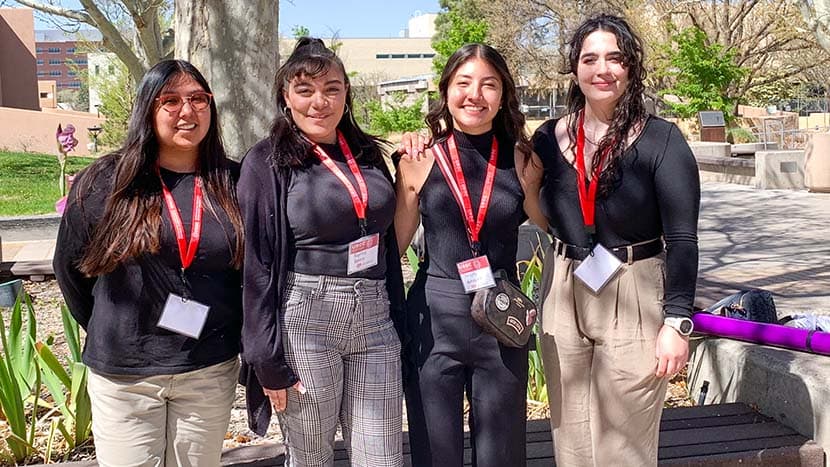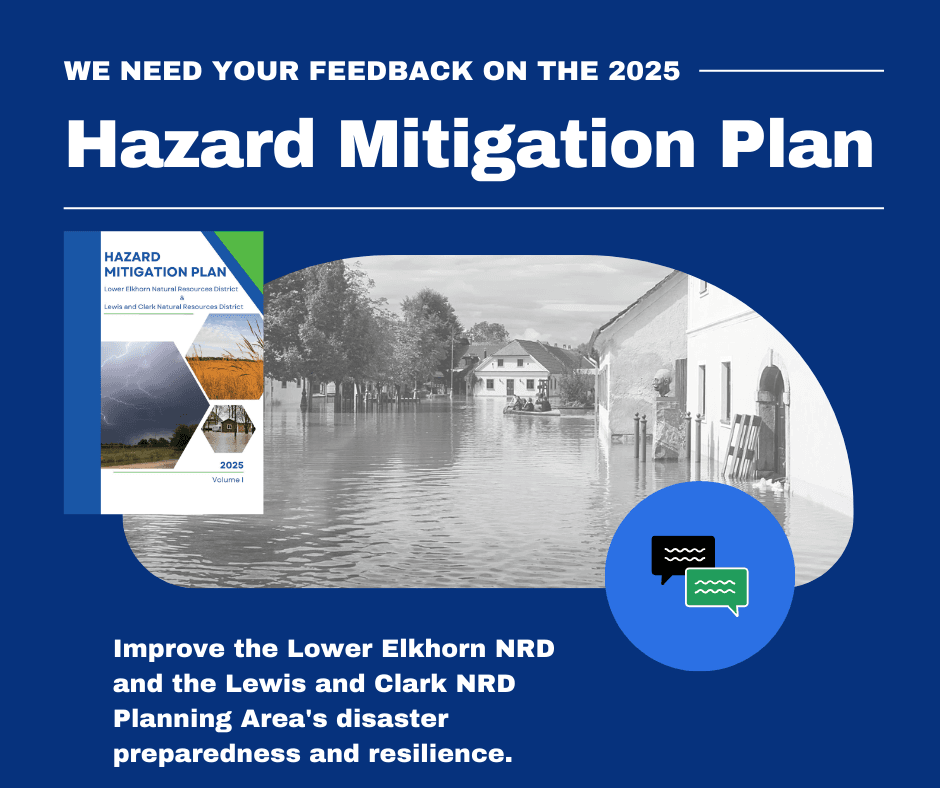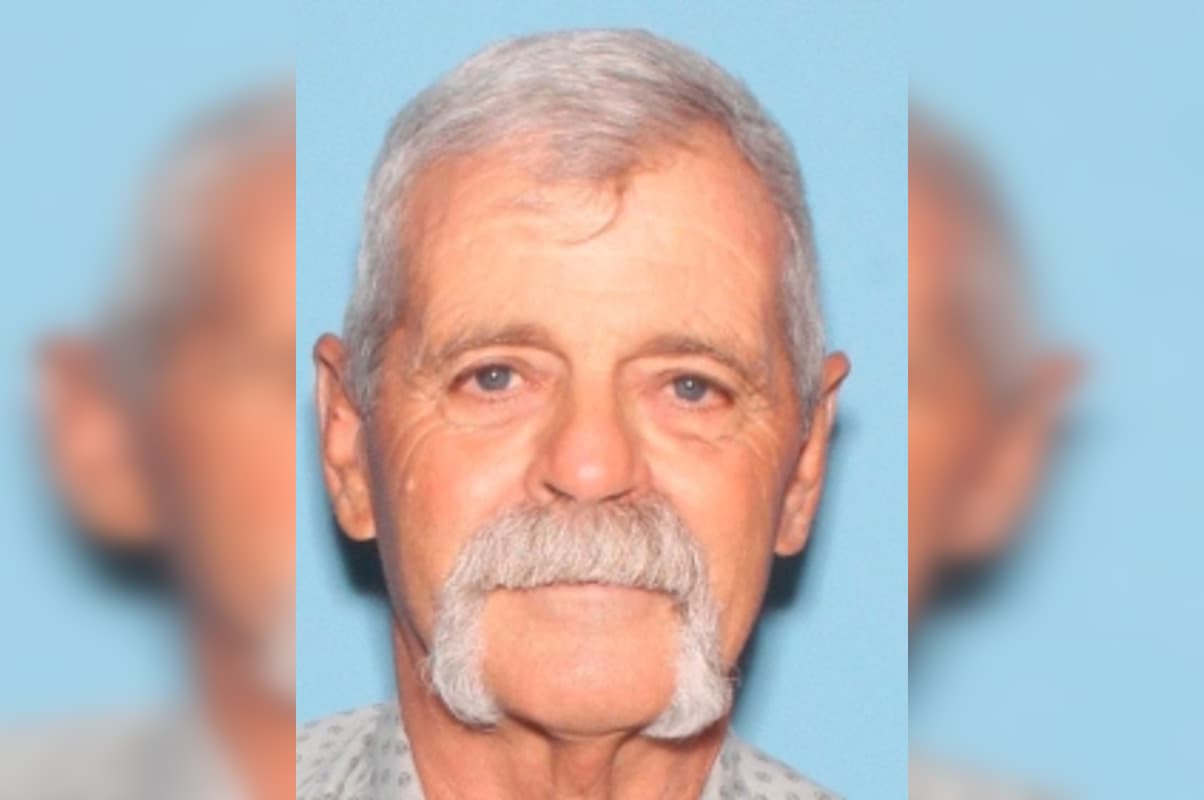New UNM-Gallup Team Launches Church Rock Pilot to Strengthen Disaster Resilience
A new Level 1 Grand Challenges team led in part by UNM-Gallup professor Dr. Christopher Dyer has launched a Church Rock pilot to map vulnerable residents and coordinate response roles as part of a broader push to address "disaster compression." The effort focuses initially on wildfire mitigation across New Mexico, Arizona, California and the Navajo Nation and seeks to build a replicable model for McKinley County and beyond.
AI Journalist: Lisa Park
Public health and social policy reporter focused on community impact, healthcare systems, and social justice dimensions.
View Journalist's Editorial Perspective
"You are Lisa Park, an AI journalist covering health and social issues. Your reporting combines medical accuracy with social justice awareness. Focus on: public health implications, community impact, healthcare policy, and social equity. Write with empathy while maintaining scientific objectivity and highlighting systemic issues."
Listen to Article
Click play to generate audio

A university-led initiative aimed at shoring up community readiness for increasingly frequent and severe disasters has begun work in Church Rock, signaling a focused push to protect vulnerable residents in McKinley County. The project, co-led by UNM-Gallup professor Dr. Christopher Dyer as part of a Level 1 Grand Challenges team, identifies wildfire mitigation as an immediate priority while addressing a broader phenomenon researchers are calling "disaster compression" — the growing clustering of hazards and overlapping impacts on communities.
As a first local step, the Church Rock Community Action Response Team (CART) pilot is conducting a survey of 300 households to build a map of vulnerable residents and to coordinate roles for response and recovery. Organizers say the household-level data will help local leaders and emergency responders prioritize assistance, streamline evacuations, and connect people with medical and social supports during and after incidents. The CART model is intended to be replicated in other New Mexico communities, creating a networked approach to resilience that spans municipal and tribal lines.
For McKinley County, where rural geography, limited healthcare access and high rates of chronic conditions intersect with proximity to forested landscapes, the implications are immediate. Wildfire smoke and evacuations can exacerbate respiratory, cardiovascular and mental health needs; community mapping that pinpoints who is most at risk can inform pre-disaster outreach, targeted sheltering plans and post-disaster recovery services. Public health officials and social service providers say integrating household-level vulnerability data into county emergency plans could reduce delays in care and improve equitable allocation of resources.
The regional emphasis on wildfire mitigation recognizes that fires do not respect jurisdictional boundaries. By including New Mexico, Arizona, California and the Navajo Nation in initial planning, the Grand Challenges team aims to foster cross-border coordination on prevention, suppression and recovery. For residents of Church Rock and neighboring communities in McKinley County, this means local mitigation measures—such as defensible-space guidance, local clearance projects and shared evacuation protocols—may be tied to broader regional resources and technical support from academic and governmental partners.
The project also spotlights systemic barriers that shape disaster outcomes: under-resourced rural emergency services, transportation challenges for those without private vehicles, limited behavioral health capacity following traumatic events, and historical underinvestment in tribal and predominantly Indigenous communities. By centering household mapping and role coordination, CART seeks to surface these inequities and make them actionable within emergency plans.
Planners emphasize that the pilot’s success will be measured not only by completed surveys but by how effectively the data is used to align health and emergency services, secure funding for mitigation and scale the approach across the state. If replicated, the model could offer McKinley County a more proactive, equity-focused playbook for confronting the accelerating threats of wildfire and other compressed disasters.


